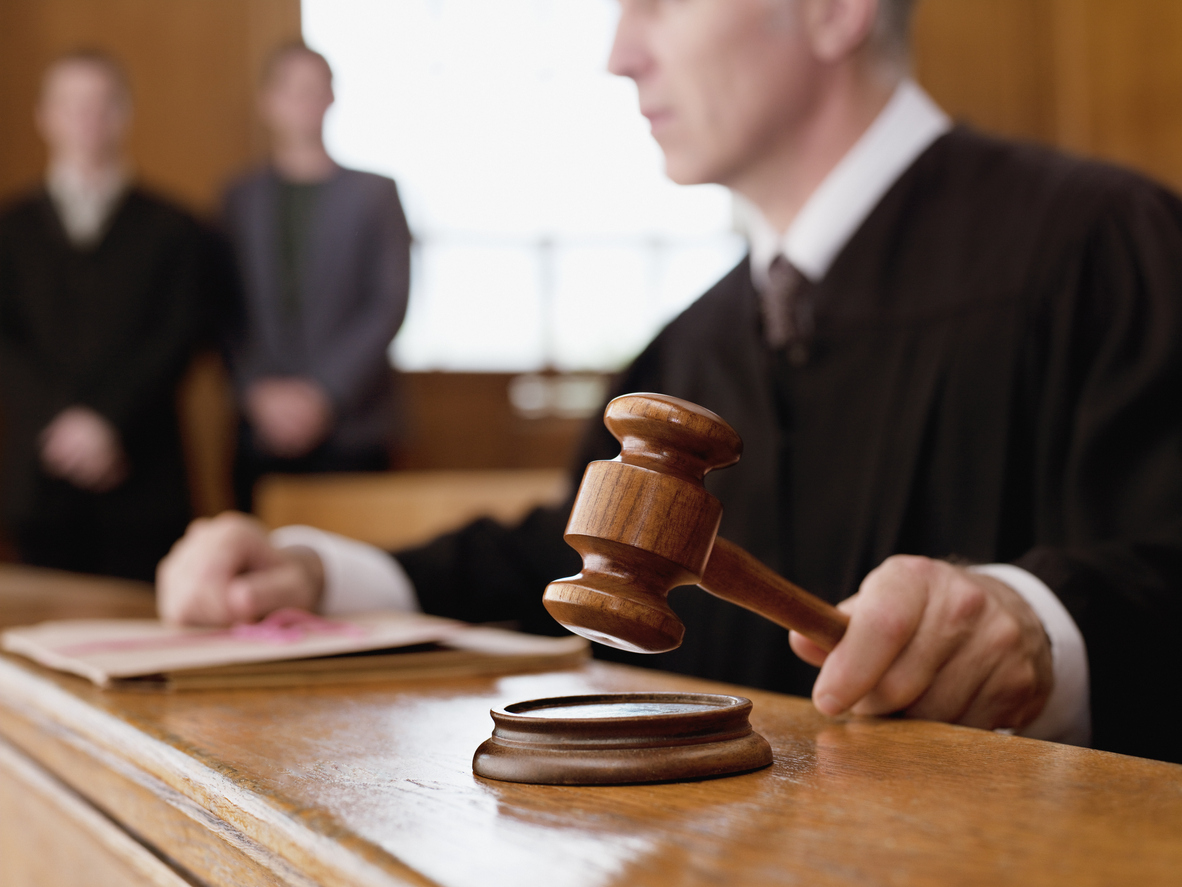Most policies contain language along these lines:
In case of a loss to covered property, you must see that the following are done: …
f. As often as we reasonably require: …
(3) Submit to examination under oath, while not in the presence of any other ‘insured,’ and sign the same.
A few of my previous posts in this blog series have squarely addressed or touched upon Examinations Under Oath (EUO). This post gets a bit more particular, focusing on the “while not in the presence” and “sign the same” language.
Regarding the “while not in the presence” language, the above-quoted policy only requires the EUO to occur outside the presence of another “insured.” The above-quoted policy defines “insured” as “you and residents of your household who are: a. Your relatives; or b. Other persons under the age of 21 and in the care of any person named above.” Policyholders often want their public adjuster (or someone else) to be present at their EUO, whereas insurance company lawyers sometimes get up in arms about the presence of anybody other than the policyholder’s attorney. Well, know your rights (or, rather, the insurer’s limitations) – if your policy reads similarly to that quoted above, do not get bullied out of having a non-“insured” present at your EUO.
Regarding the “sign the same” language, the insurance policy does not explain what that entails (or should entail). There is an important piece of paper called an errata sheet, which is a corrections page that the insurer should provide to you along with a copy of your EUO transcript. You should review your EUO transcript carefully before signing it. If, while reviewing your EUO transcript, you notice any clerical errors in the transcription or if you realize that you were inaccurate or incomplete in your testimony (because, for example, you were lost in the heat of the moment or in the wording of a question), you should correct it it by explaining the error on the errata sheet.1
To read previous posts in my series on insurance policy conditions, click here.
1 This Florida Bar article explains the purpose of an errata sheet in greater detail: http://www.floridabar.org/DIVCOM/JN/JNJournal01.nsf/Author/0DC2E1583893702B85256ADB005D608A



